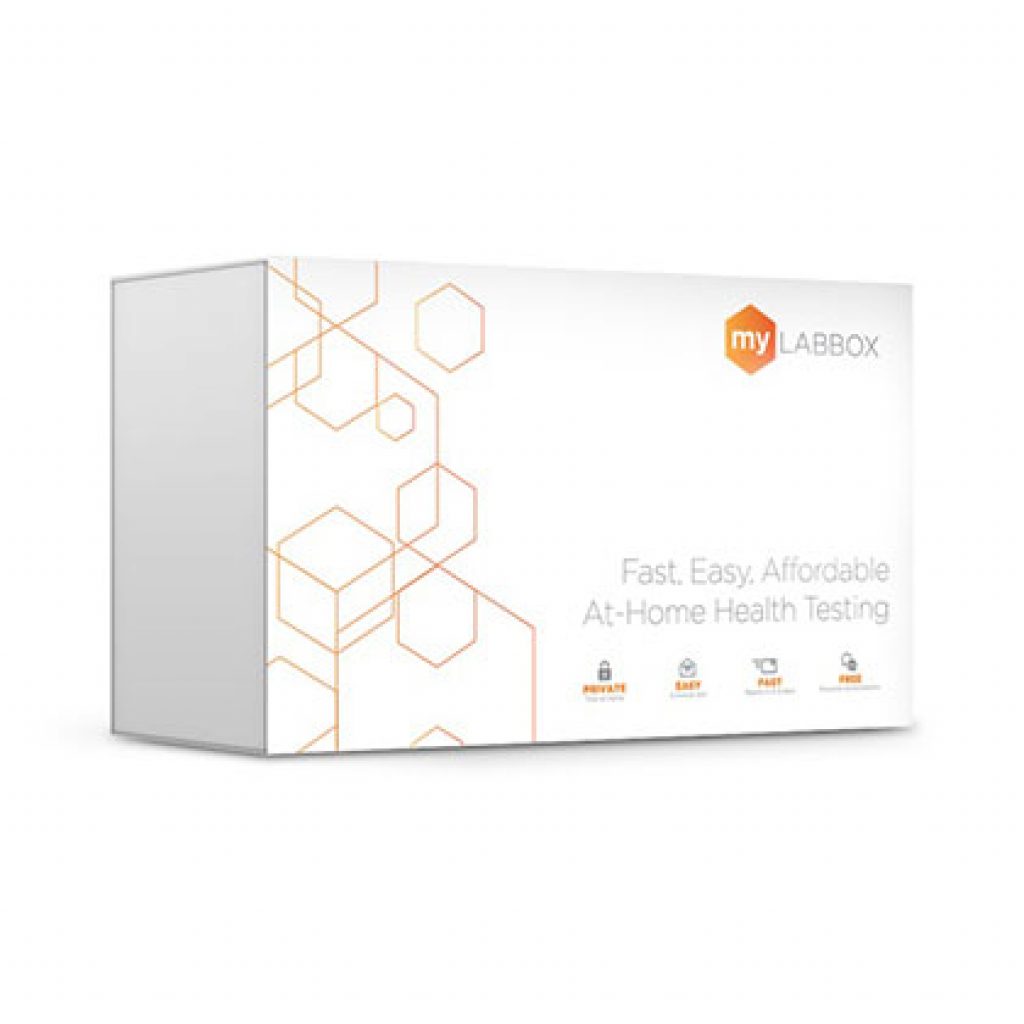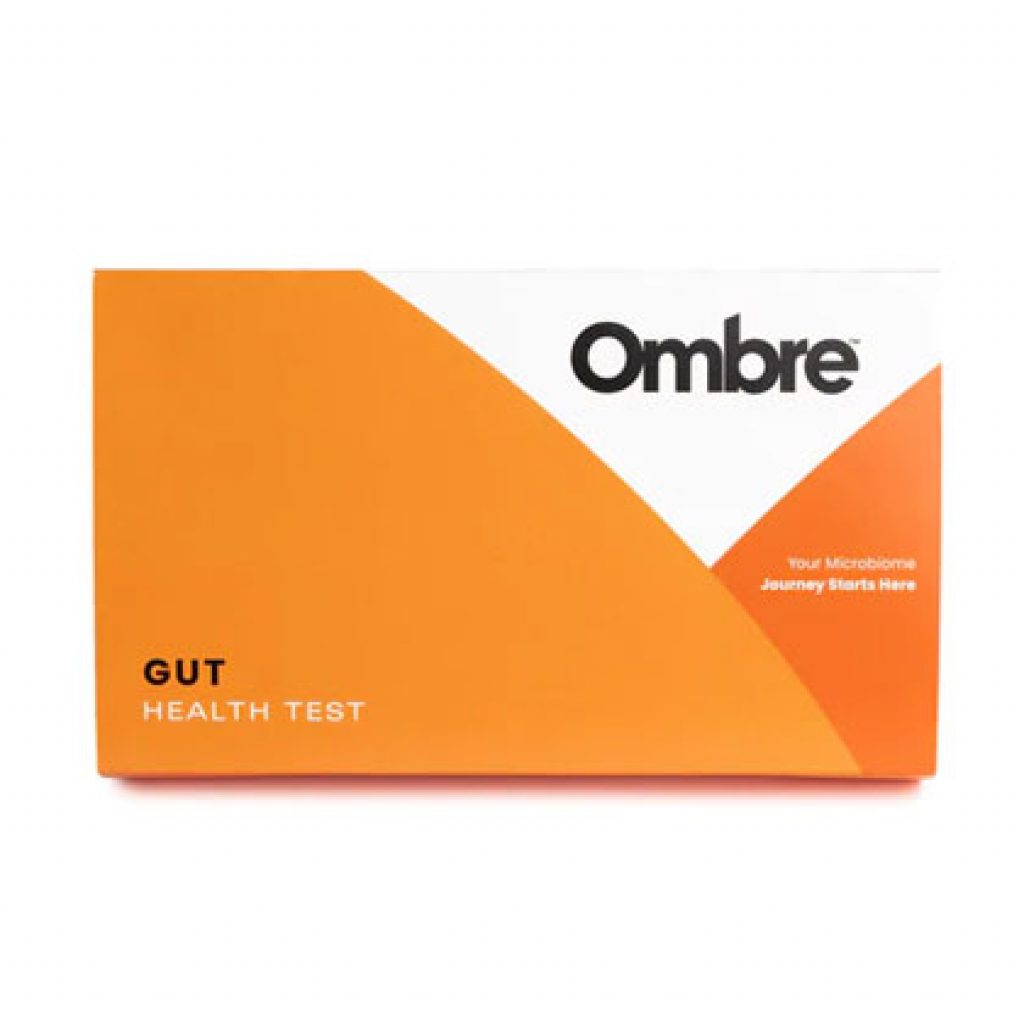Ever experienced bloating or nausea after food? You’re not alone. In fact, studies suggest that nearly 20% of the world population now has some form of food intolerance, something which can lead to a whole range of reactions to certain foods such as gas, diarrhea, headaches, and even hives. But how do you know if your symptoms are a sign of food sensitivity, intolerance, or something more serious like an allergy?
This is what you need to know about the differences between food sensitivity, food intolerance, and food allergies including the key symptoms of each and how to know when it's time to find out more.
Food Sensitivity vs Intolerance vs Allergy
As mentioned, reactions to certain foods are common, and if you find yourself feeling a little worse for wear after a meal, it doesn’t always mean that there’s something wrong.
If your symptoms are consistent, however, it might be an indication that you have a food sensitivity, intolerance, or allergy. It’s important to know that each differs from the other, the main difference being that while food sensitivities and food intolerances can trigger a range of symptoms, they involve the digestive system, and not the immune system the way a food allergy does.
Food Sensitivities
According to the American Academy of Allergy Asthma and Immunology, food sensitivity occurs when a person has difficulty digesting a particular food and therefore involves the digestive system, not the immune system. For this reason, with food sensitivity, it might be possible to eat small amounts of the food that causes you trouble, but this is not always the case.

myLAB Box
Food Sensitivity Test
Immunoglobulin lgA, IgG, IgG4
96 Common Foods
Free shipping
Finger Prick Sample
$149.00
The myLAB Box at-home food sensitivity test checks for elevated antibodies in your blood sample, to determine whether you have had an intolerant reaction to 96 common foods.
Read our myLAB Box review for information and opinions on tests and services.
Common food sensitivities
- Lactose, a sugar found in milk and dairy products
- Histamine, naturally occurring chemicals in certain foods
- Gluten, a protein in wheat rye, and barley (this is not the same as Celiac disease)
Common food sensitivity symptoms
- Stomach pains
- Diarrhea
- Gas and bloating
- Headaches or migraines
- Heartburn
Food sensitivity diagnosis and treatment
If you are experiencing more severe symptoms when eating a particular food, it’s important to speak with your healthcare provider. Severe symptoms can include extreme stomach pain or cramping, unexplained weight loss, or a serious reaction to specific foods.
Although food sensitivities tend to be lifelong, it is possible to manage your symptoms by reducing or totally cutting out any problem foods. When symptoms do occur, your doctor may recommend an over-the-counter medication to help ease any discomfort.
Food Intolerance
Food intolerance and food sensitivity are pretty similar and are sometimes even used interchangeably when referring to any difficulty a person experiences in digesting certain foods. As previously mentioned, the number of people with food intolerances has increased dramatically over recent years however it’s not always clear if a person is experiencing a food intolerance or if something else is causing their symptoms.
Common food intolerances
- Lactose
- Histamine
- Eggs
- Gluten, again this is not the same as Celiac disease
- Caffeine, found in coffee, soda, tea, and other beverages
- FODMAPs, a group of carbohydrates found naturally in many foods
- Sulfites, chemicals used as preservatives in food and drinks
- Fructose, a sugar found in fruits, vegetables, and some sweeteners
Common food intolerance symptoms
- Stomach pain
- Bloating
- Wind and/or diarrhea
- Skin rashes
- Itching
Food intolerance diagnosis and treatment
It’s recommended to speak with an expert if you are regularly experiencing stomach pain, bloating, or skin rashes after meals and aren’t sure of the cause. Your doctor will likely ask you to monitor the foods you eat and/or try an elimination diet to see what happens when you cut out the food that you suspect is causing an issue – this will help your doctor when it comes to making an accurate diagnosis.
Like food sensitivities, there is no specific treatment recommended for food intolerance. However, if it is found that you have a food intolerance, it is likely that you will need to change your diet and restrict or completely eliminate the problem food. Remember, many people with food intolerances find that they can consume small amounts of the food but everyone’s experience is different.

Ombre Labs
Gut Health Tests
rRNA Sequencing
Gut & Microbiome Report
Report Delivery (2-3 Weeks)
Stool Sample
$99.00
A test that checks the balances and imbalances of your microbiome by testing your stool sample. Understand your gut intolerances and what foods might be causing irregular symptoms.
Read our Ombre review for information and opinions on tests and services.
Food Allergies
A food allergy is a reaction in the immune system to certain proteins in foods. According to Mayo Clinic, even a small amount of allergy-causing food can trigger extremely unpleasant signs or symptoms. Allergies are considered a lot more serious than food sensitivity or intolerance as they affect the immune system.
Common food allergies
The Food and Drug Administration (FDA) says there are 8 major food allergens, which include
- Milk
- Tree nuts
- Eggs
- Peanuts
- Fish
- Wheat
- Shellfish
- Soybeans
Common food allergy symptoms
Symptoms of a food allergy can occur within a few minutes or hours after eating the food, they can include
- Flushed skin or rash
- Tingling or itchy sensation in the mouth
- Face, tongue, or lip swelling
- Stomach cramps
- Coughing or wheezing
- Vomiting
- Diarrhea
- Difficulty breathing
Food allergy diagnosis and treatment
If you experience any of the above symptoms after eating a specific food, it’s important to stop eating the food and seek medical help. A severe, life-threatening allergic reaction is called anaphylaxis. This usually develops suddenly and the symptoms can include feeling light-headed, difficulty breathing, wheezing, a fast heartbeat, and clammy skin. When this occurs, call for an ambulance immediately.
There is no clear-cut approach to diagnosing a food allergy and your doctor is likely to consider a number of different factors before making a diagnosis including your symptoms, family history, physical examination, and skin or blood test. For severe allergic reactions, you may be given an epinephrine autoinjector (commonly known as an EpiPen).
Experiencing stomach pain and slight cramping every so often is totally common and nothing to worry about. However, if you notice you are experiencing uncomfortable symptoms regularly after eating specific foods, it’s time to find out more. Remember, while food sensitivities and intolerances can be bothersome, they can be controlled and are not as severe as a food allergy which affects the immune system and can cause severe reactions.
Image Credits
Featured Image – Photo by Brittany Colette
